Tom's Hardware Verdict
The Razer Seiren Elite is a strong and stylish cardioid condenser mic with a price point and and feature set that don’t quite add up to excellence.
Pros
- +
Warm tone
- +
High pass filter
- +
Headphone monitoring
- +
Solid build
Cons
- -
Cardiod only
- -
No volume or gain indicators
- -
Boom arm is borderline mandatory
- -
Dials feel cheap
Why you can trust Tom's Hardware
Razer’s ecosystem of desktop gaming products enjoys the benefit of a consistent aesthetic and usually enough RGB lighting to blind anyone foolish enough to stare directly into the Chroma.
When it comes to mics though, this is still Blue country. Despite strong competition elsewhere in our best gaming microphone guide, the Blue Yeti in its evolving forms remains the go-to USB broadcasting device, which puts this $200 Seiren Elite in a tough spot. Bigger than the compact Seiren X, less silly than the emoji-broadcasting Seiren Emote and more expensive than just about any other desktop USB mic on the market, the Seiren Elite is limited to a single cardioid polar pattern intended for speech.
So it has to justify its outlay in terms of raw performance, usability and build quality, which is a tall order in a peripheral subdivision which already has a supernaturally high bar for quality. (Remember how hit and miss mechanical keyboards were 5 years ago?) But if anyone can pull it off, it’s the cult of Razer.
Razer Seiren Elite Specs
| Frequency Response Range | 20Hz-20KHz | Row 0 - Cell 2 |
| Sample/Bitrate | 48 kHz/16-bit | Row 1 - Cell 2 |
| Polar Patterns | Cardioid | Row 2 - Cell 2 |
| Dimensions (extended in stand) | 8.9 x 3.5 x 2.6 inches (22.6 x 9 x 6.8 cm) | Row 3 - Cell 2 |
| Weight (microphone and stand) | 1.7 pounds (785g) | Row 4 - Cell 2 |
| Weight (microphone only) | N/A | Row 5 - Cell 2 |
| Headphone Amplifier Impedance | > 16 Ohms | Row 6 - Cell 2 |
Design
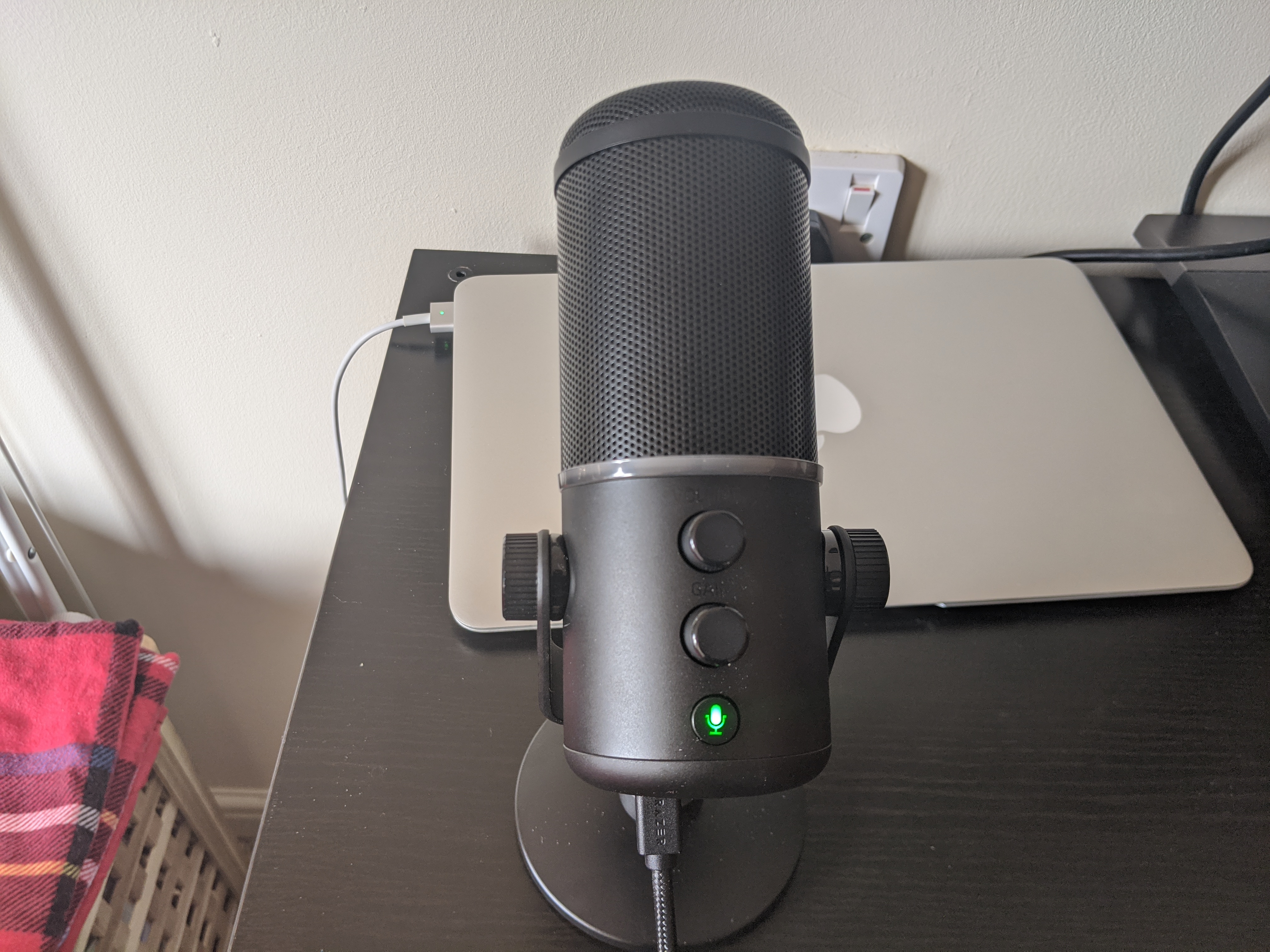
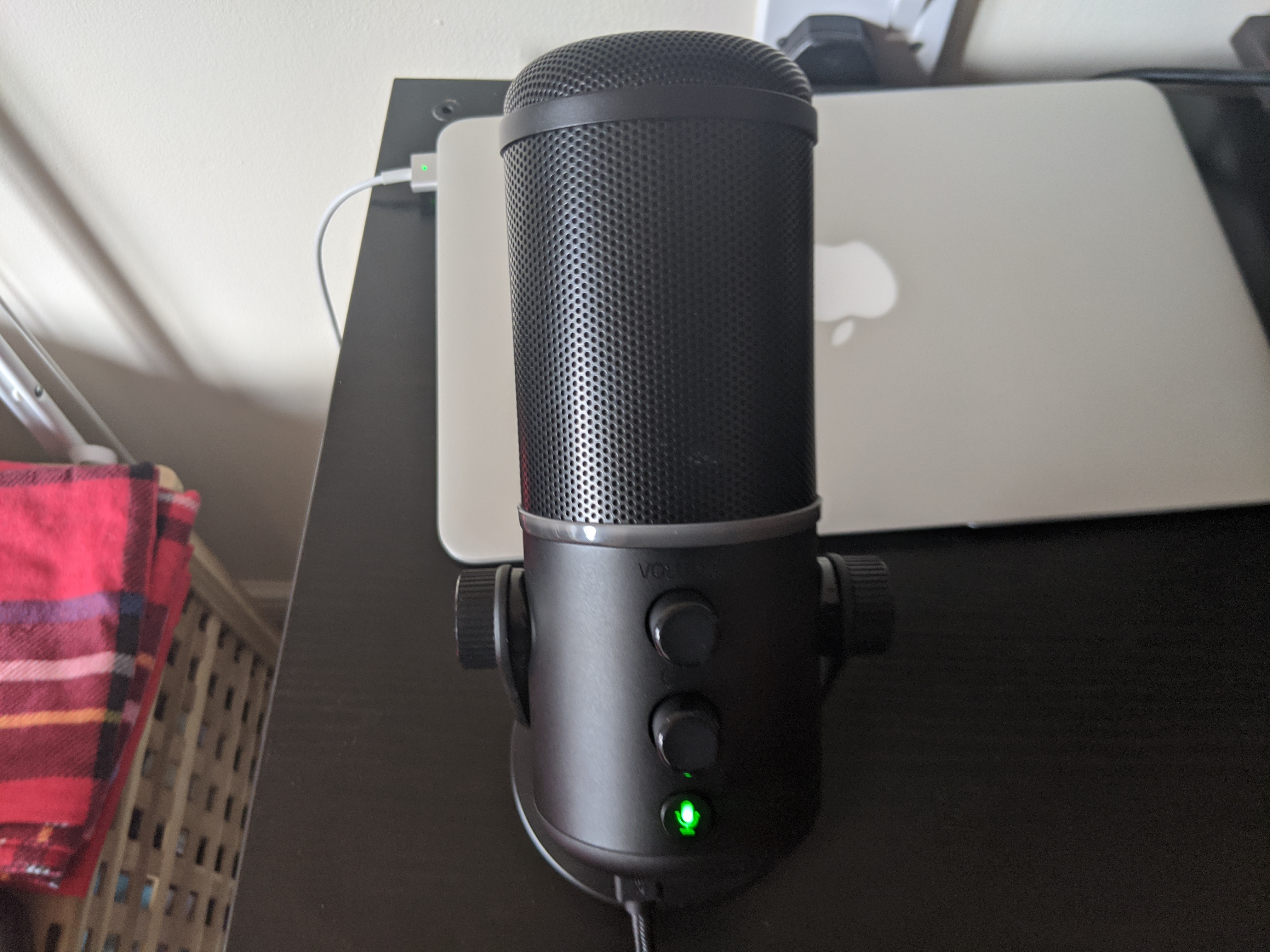
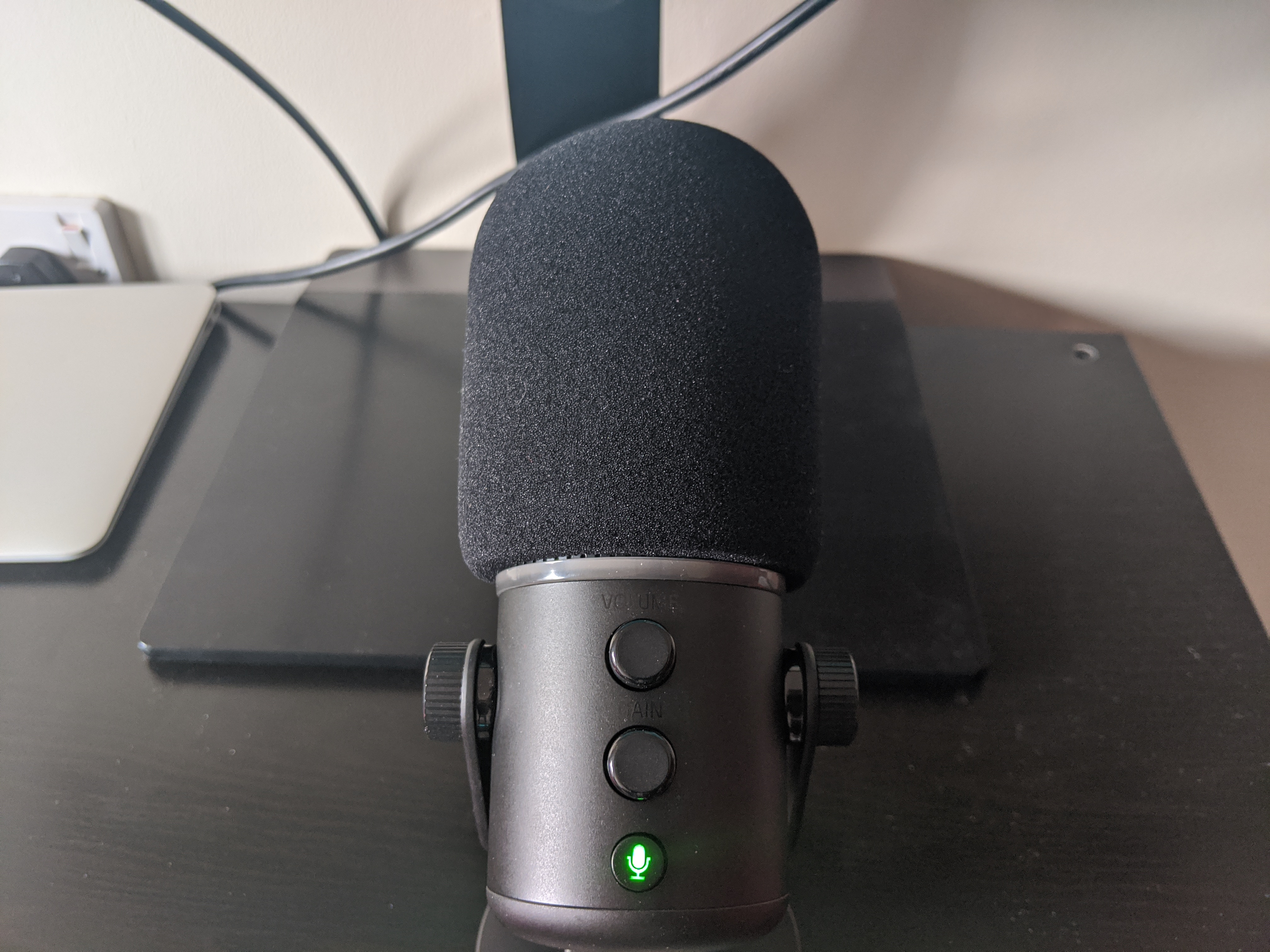
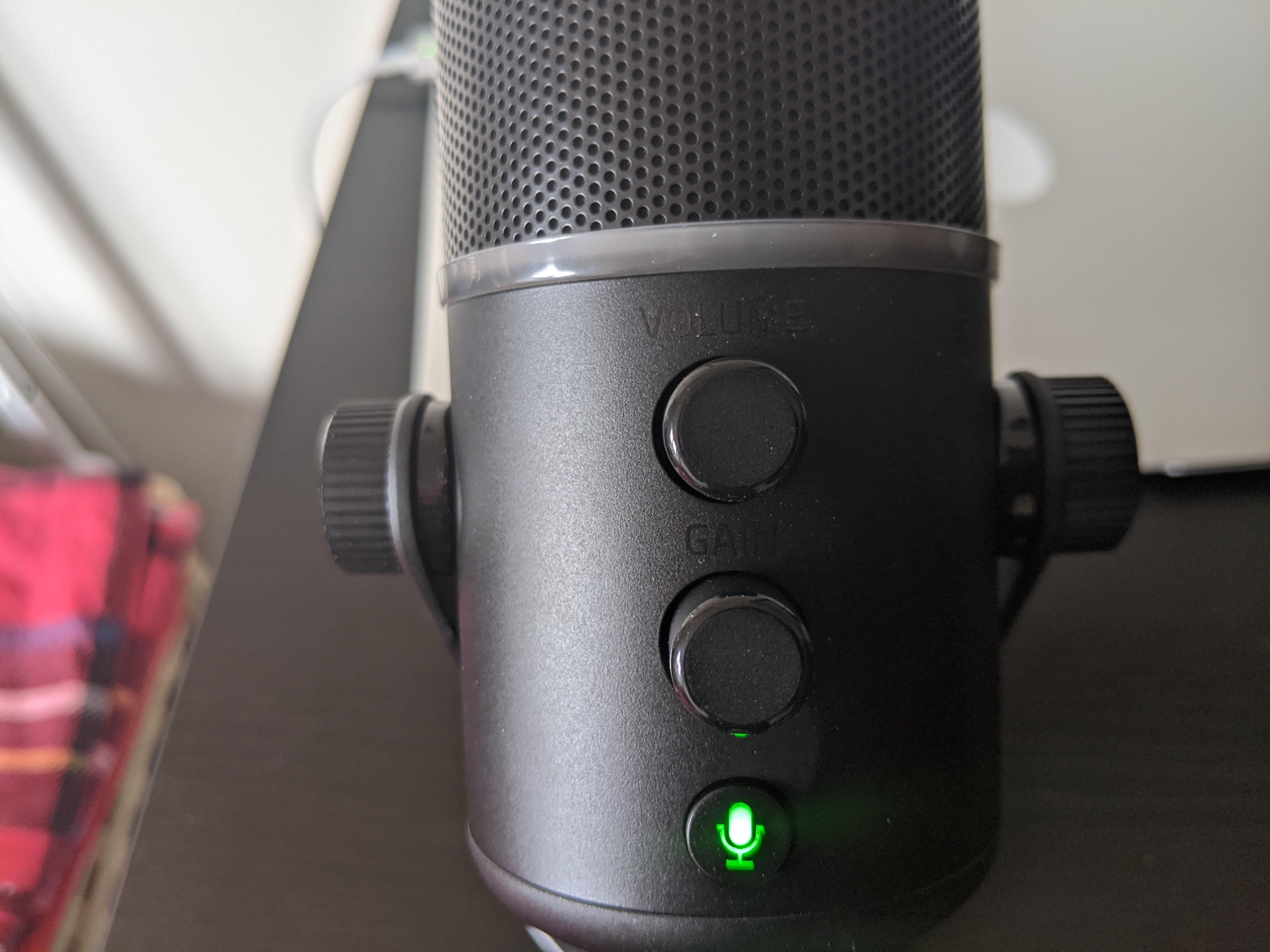
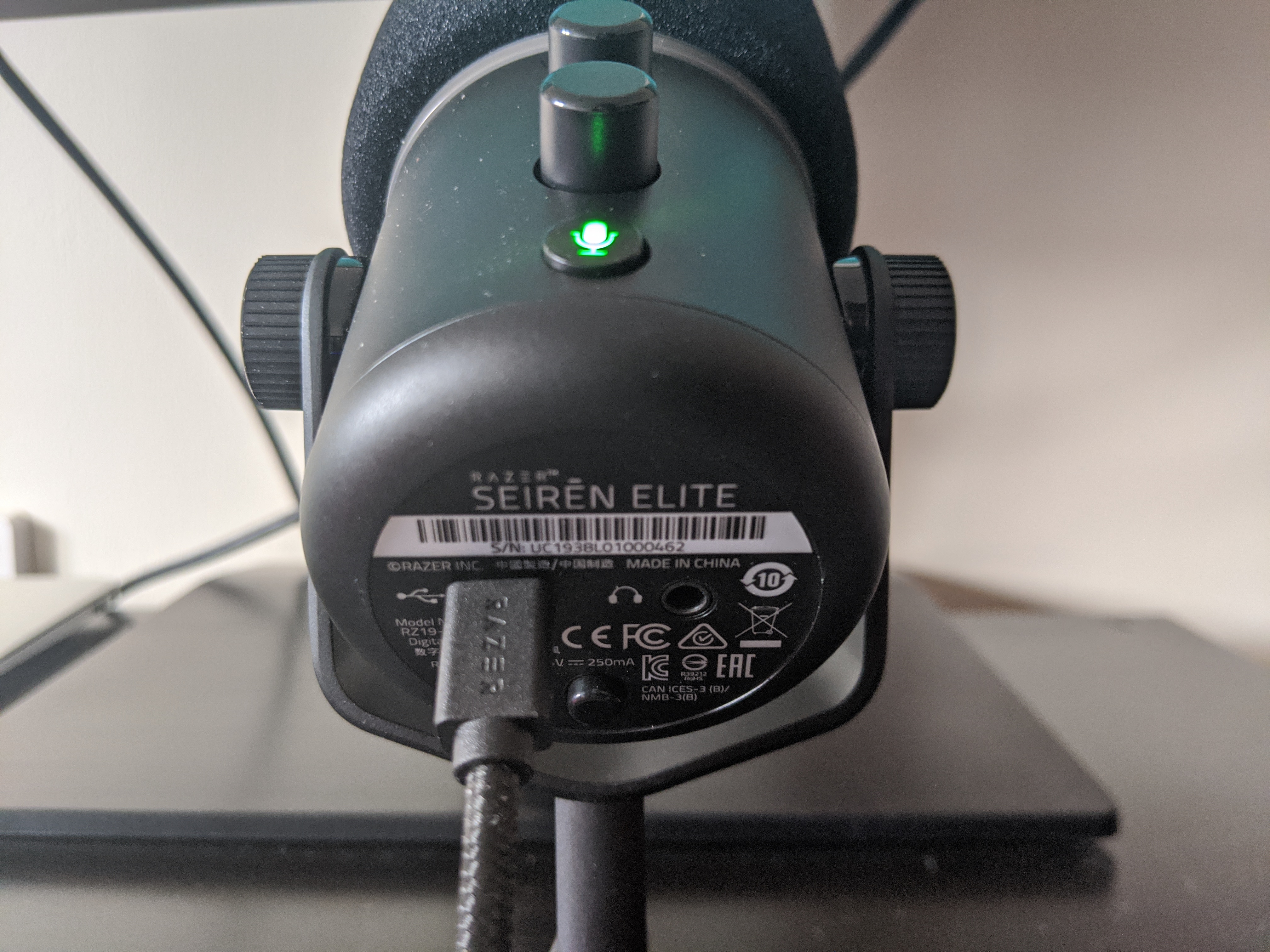
As ever, the Seiren Elite is immaculately presented from the instant you make eye contact with the box. Spot UV and foil treatments on the packaging sell the notion that this is a cut above the rest, and that suggestion isn’t dislodged when you get inside and find a solid black capsule with an encouraging weight, an embossed Razer logo and a braided cable.
This being a cardioid design, it’s intended to be spoken into at the very top of its capsule and thus angled slightly differently to the Blue Yeti, which favours a face-on angle for most polar patterns. What at first seems like an awkward placement for the USB cable input on the bottom of the mic makes a lot more sense once it’s set up at this angle. Placed on the very centre of the bottom, it hits against the Y-point of the stand if you try to line it up standing perfectly straight, and while there’s still some risk of bending or damaging the cable during packdown from this design, it’s not going to limit your recording use.
The detachable mic stand is heavy enough for the job and has a padded base to minimise those bangs and bumps on your desk making their way up to the mic diaphragm. The stand is seriously on the short side, however.
This is, to reiterate, a mic you speak right into, like a Shure Sm58, albeit a luxurious version thereof. It works best when you’re at close range, and in a desktop gaming situation, that means either placing the Seiren Elite on a box to bring it closer to your mouth or hunching over to get closer to it.
This can easily be remedied by fixing it to a boom arm instead, but that does obviously mean extra outlay on your very expensive mic.
Moving further up the Seiren Elite, you’ll find individual gain and volume knobs, although we find another design hitch here. With no indicators on the dials, it’s hard to keep track of where you are and impossible to tell whether your settings got accidentally changed by a careless knock since the last time you used the mic. Again, a bit of Tippex (White-Out for the American readers) would do the job, so another easy fix, but should a top-of-the-line mic be such a DIY project?
These dials also feel quite cheap and flimsy, but this seems to be a trend throughout the gaming mic market so we can’t single Razer out for that--though this mic is more expensive than most.
A backlit mic mute button below these two dials and a high-pass filter toggle switch at the bottom (more on that later) round off the controls. And while Razer has stayed mercifully clear of the RGB razmatazz for this model, it’s not without its lighting tricks. A band just below the mic grille illuminates red to indicate peaking, upon which the limiter kicks in. If you see a lot of red, it’s time to either turn down the gain or stop shouting quite so loudly when you open FUT packs, and I think we all know which is more likely.
Supplied with the mic is a foam pop guard, which sets this Seiren Elite apart from many other contemporaries, like the Yeti X, and HyperX Quadcast. It’s not quite as impressive as the solid grille that Beyerdynamic supplies with its FOX, but it does the job well -- a definite plus point.
Sound Quality
Razer tends to have a ‘go big or go home’ philosophy to audio that’s exemplified in the Nari headset and its haptic feedback. You’d expect the Seiren Elite to make you sound as though you were commentating a monster truck meet or a wrestling pay-per-view, but the reality is a subtler, and noticeably warm sound reproduction.
In truth, there’s little between the cardioid sound of this mic, the Yeti X, the Quadcast, and the FOX, and what differences there are are marginal. Beyerdynamic has a trademark sound to its mics, for example, which some might describe as ‘clinical’ or ‘cold’ but to others capture a breathiness in spoken and sung vocals which is preferable to all else. This mic doesn’t revel in the subtleties of the human voice, but instead adds a notch of low-end response to it which, true to its intended use, makes for great voiceover when broadcasting, podcasting, or making YouTube video content.
We found that we did have to run the Seiren Elite quite hot to get the best out of it, though. Gain levels at 75% and above seem to produce the best spoken recordings from this mic, whereas by contrast the Blue Yeti X only needs gain up to around 30% to produce a lively vocal reproduction. Not a biggie, but worth knowing going in.
The high-pass filter is a really nice addition, and will prove welcome for anyone who records near a PC with noisy fans, a mechanical keyboard with those confounding clicks, or any other ambient noise (unruly dogs, we’re looking at you). Essentially cutting out low frequencies below the human voice’s EQ, it’s effective in removing muddiness from your recordings. There is a tradeoff in overall quality, specifically in the well-roundedness of the mic’s usual response, and oddly enough a slight loss of sibilance from consonants in our recordings, but it’s extremely effective at cutting out room noise, pushing it down below -60dB in our testing.
Features and Software
This is the section the Seiren Elite has been dreading all review. It knows it doesn’t have the same feature set to compete with the four-capsule condenser arrays of Blue’s Yeti X or HyperX’s Quadcast. It has just one polar pattern to the Yeti X’s four, and that limits it usage to recording spoken vocals. You could try to mic up an amp cabinet or an acoustic guitar with the Seiren Elite, but you’d be working with a severely limited palette versus the cheaper Yeti X.
That’s a real sticking point. The cardioid response is great, but it’s not tangibly better than the more feature-rich Yeti X. So why would you spend extra money on it?
For some, the answer is a unified desktop setup. This is where the power of Razer’s branding comes to the rescue, because for its acolytes there’s real merit in keeping a brand-consistent array of tech around their PC. Those smart blackout looks and fancy packaging go a long way.
There’s nothing in the way of Blue’s VO!CE Software to complement the mic, either. Synapse doesn’t offer any options for the mic, and while on the plus side that means not having to install Synapse, it does also accentuate the limited options on offer here.
Conclusion
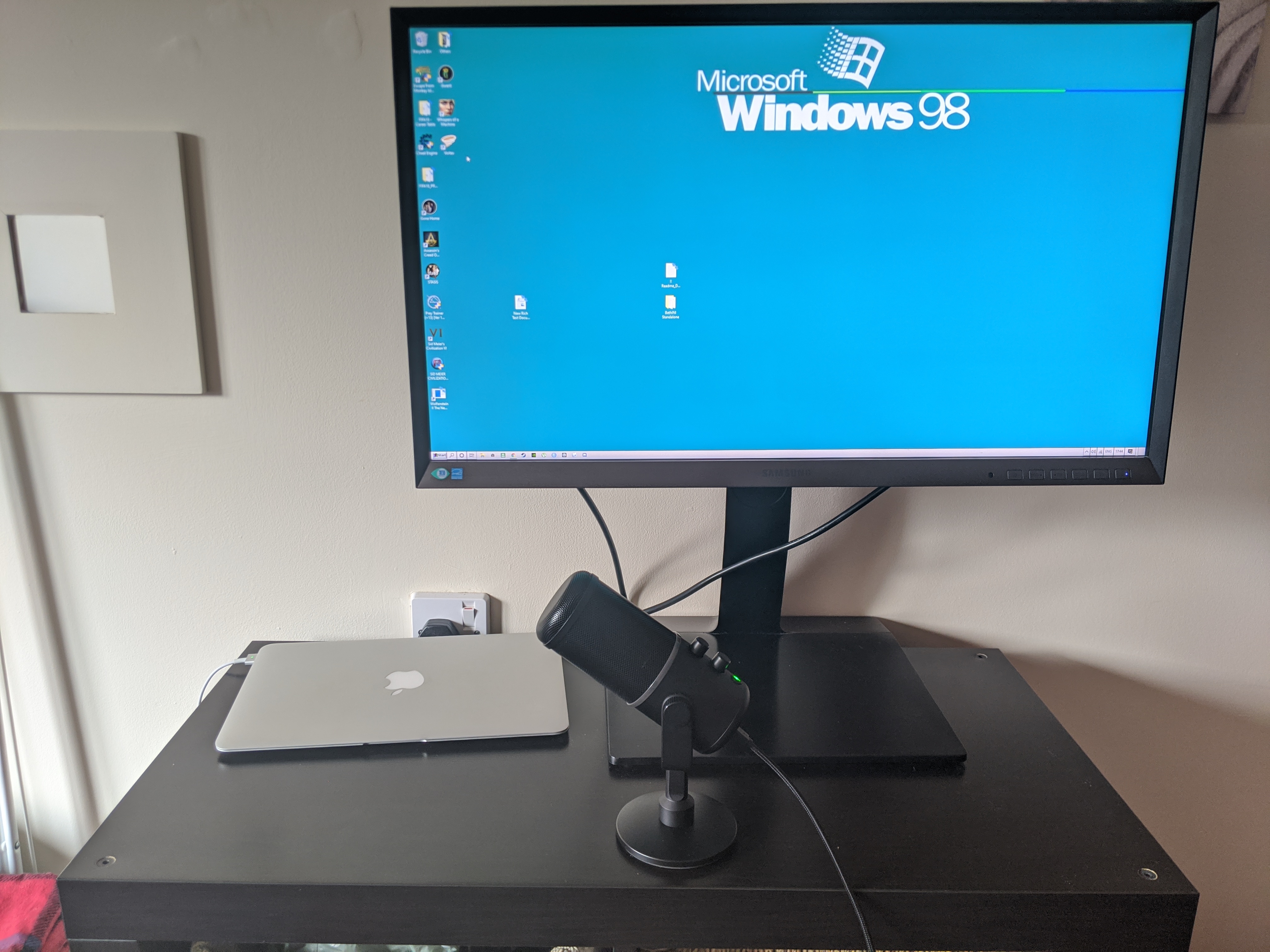
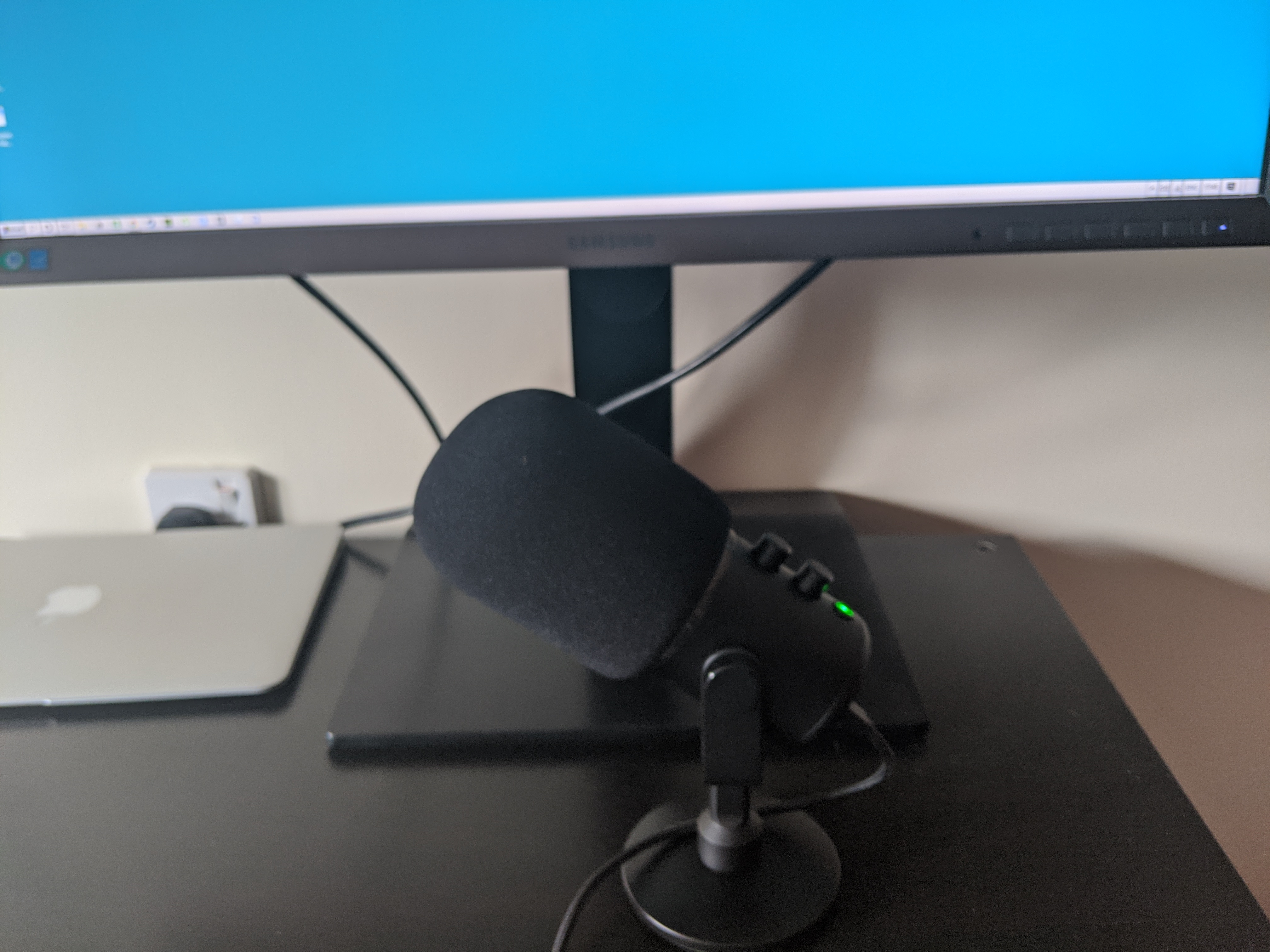
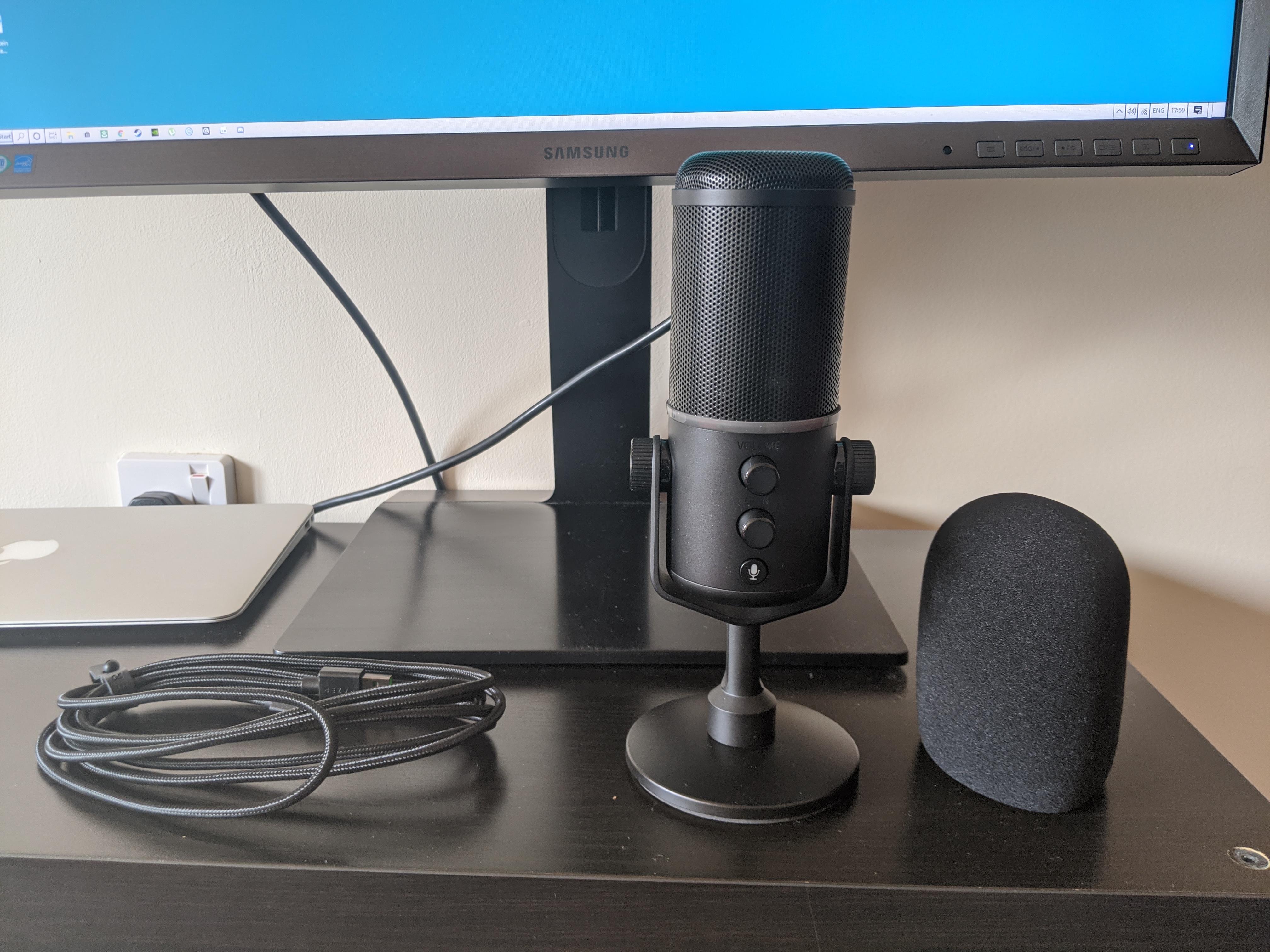
It’s not even a debate -- the Seiren Elite is a great mic in terms of sound and build quality. If you use it only for shoutcasting, voicing over YouTube videos or similar, you’ll be unlikely to look back over your shoulder at the alternatives and feel much regret at missing out on some extra polar patterns or software tweaks.
What you will wince over, though, is having spent so much money -- money that doesn’t buy you any one discernable feature or quality over the competition. And it’s this combination of the high price point -- some $30 higher than the Blue Yeti X -- and the narrow feature set that takes the Seiren Elite out of contention for best overall pick consideration.
Still, if you’re looking for a stylish cardioid condenser to sit nicely among all your other Razer goodies, it’s the best mic the manufacturer makes. The coke can-sized Seiren X has many virtues and costs a lot less, but this edges it for sound quality, while the Seiren Emote is probably too niche a proposition for most.
-
Turgenev It would be lovely if you could compare this to the pro model that was discontinued a few years ago. That microphone had a much deeper bit depth, four pattern capsule design, and all around beefiness that made it far more attractive than other mics of its time. Razer just couldn't market it properly.Reply -
razor512 One thing that would be cool to also have in addition to audio samples, is an FFT plot of it recording a frequency sweep from 1-30,000 Hz. If using higher end reference headphones or studio monitors where their output is known andcharacterized, it could be used to determine how a mic handles the frequency range in granular detail, as well as how it responds to various harmonics.Reply -
daglesj Love how folks spend all that money for the other person to be listening to them on their laptop speakers or $5 Skullcandy headphones.Reply -
edwardv ReplyAdmin said:The Razer Seiren Elite is great at what it does. But what it does is quite limited compared to its multi-polar-pattern contemporaries, several of which are priced lower.
Razer Seiren Elite Review: Solid, but Expensive : Read more
I had a Razer Mako, it died after a few months. Razer refused to fix the issue. I won't be purchasing anything from Razer ever.